There is something to do in Shibuya at all times and everyday of the week. Just a walk along センター街 (Center Street), puts one in front of enough attractions to last weeks. Center Street is Shibuya’s main access to countless restaurants, shops, and bars. Accordingly, most of the city’s attractions are located walking distance from this street.
One such attraction is the gigantic Tower Records building. Music fans can not only take care of some shopping, but also have a chance to meet up and coming artists signed with Tower. Almost on a daily basis, artists hold concerts, signings, and interviews inside the building to promote their work.
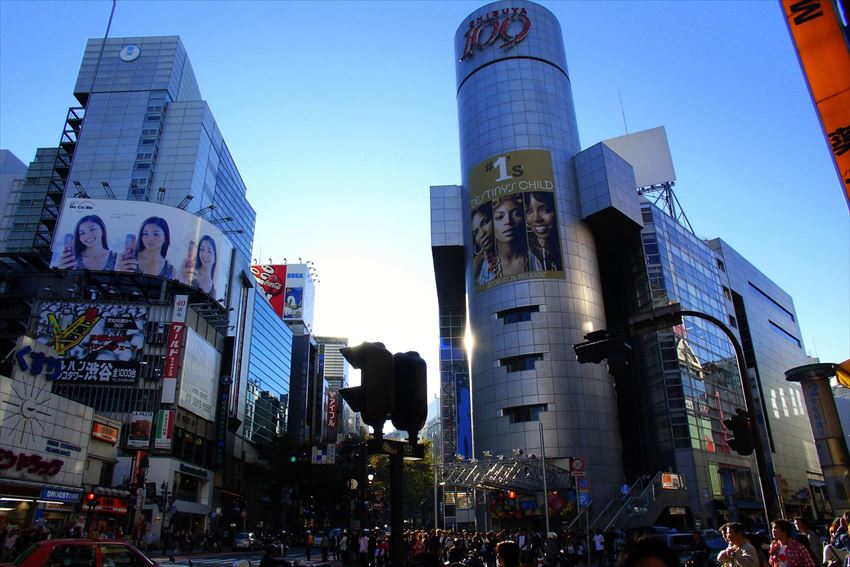
https://www.flickr.com/photos/blackthought/55169976/
The iconic Shibuya 109 is also located nearby. This easily recognizable building features 10 floors worth of women’s clothing stores and restaurants. Each store in the building must keep up with a competitive sales requirement in order to remain in operation. Therefore, the turnover for new stores is high, and so is the quality of products being offered. Some of the most modern fashions can be found in this building.
Supeinzaka, meaning Spanish Hill, is named from the street’s similarity to a typical Spanish street. Starting in Inokashira, this approximately 100-meter-long street may be short, but the cobblestones and plants which decorate the length of the street give it its own unique atmosphere. Along the street are located some shops as well as a handful of cozy restaurants, including a pizzeria, a cafe, and a French bistro.
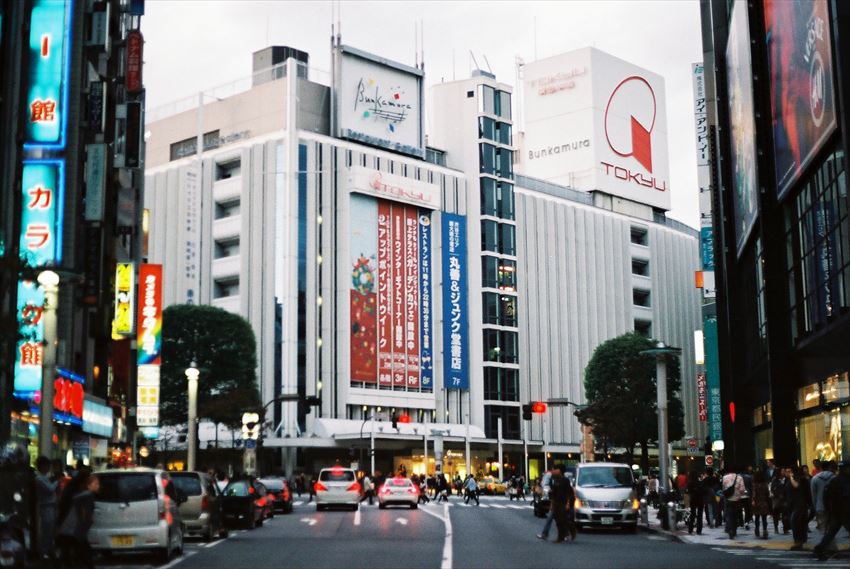
https://www.flickr.com/photos/s_naoharu/6383878307/
Those looking to enjoy some more “cultured” events can visit Bunkamura, whose name translates to “culture village.” Inside, there is a concert hall, a theater, a cinema, an art museum, as well as some other shops and restaurants. Bunkamura is open everyday from 10am to 7pm, though restaurants stay open later, usually until 9:30pm.
Within walking distance of the famous Shibuya crossing is the hidden-gem Nonbei Yokocho, or Drunkard’s Alley. Nonbei Yokocho is a pair of two meter wide alleyways featuring tiny one room bars which can fit at most 5 to 6 people each. The intimate atmosphere and close proximity in which clientele sit promotes organic conversation. Active since the 1950’s, many of the bars’ owners are older locals who live above or behind the room where they serve drinks.
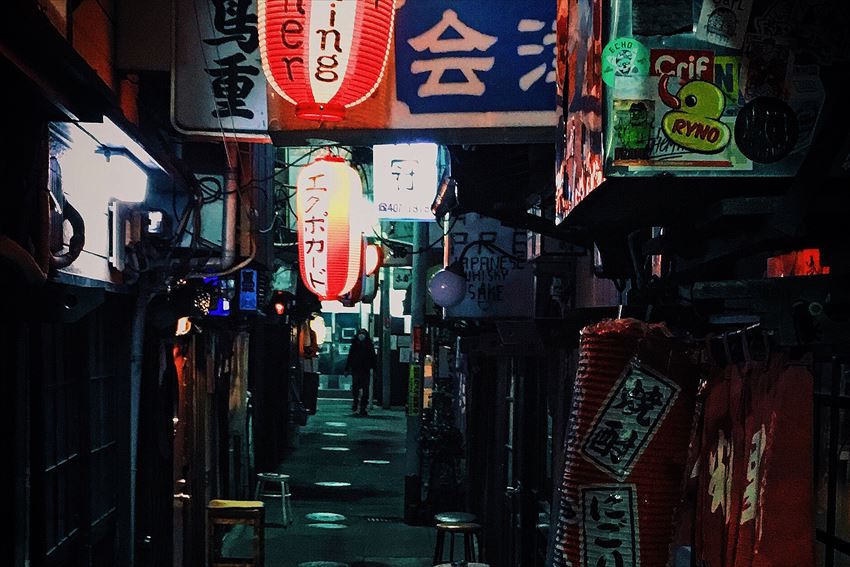
https://www.flickr.com/photos/perfectzero/24229518549/
Late at night, restaurants, Japanese-style bars called izakayas, and dance clubs, such as the four-level Womb, fill with people looking to let loose, any night of the week.
Shibuya is one of those districts in Tokyo which does not close down at night. Bars and night clubs stay open until the first train arrives each morning. If you don’t want to stay out drinking all night, there are capsule hotels and manga cafes, where it is possible to sleep for a few hours before going back home in the morning. Most karaoke establishments also have night deals, which involve a heavily discounted flat rate for an entire night’s use of a karaoke room.
With attractions as disparate as food to music and art exhibits to clubbing, there is something in Shibuya for everyone.
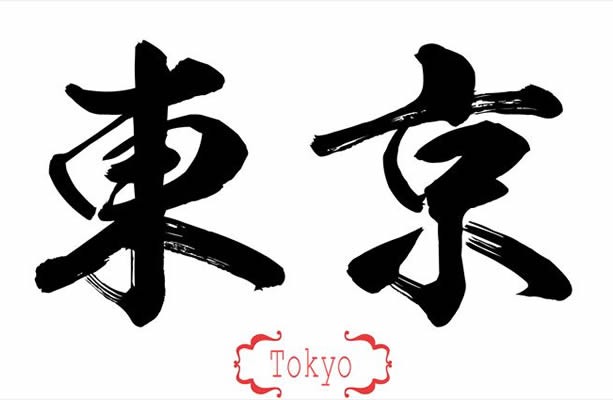


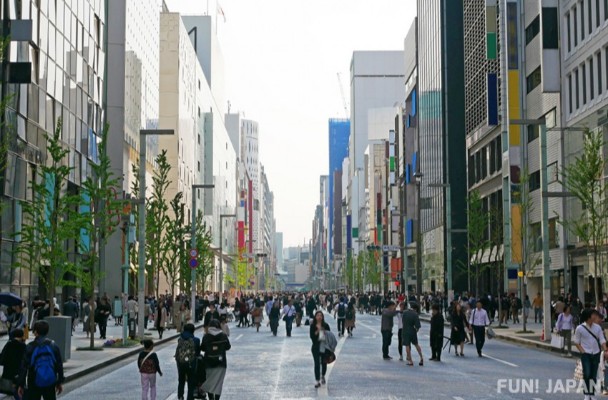

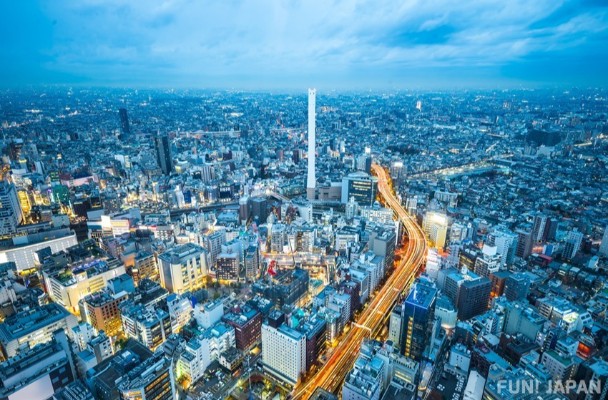
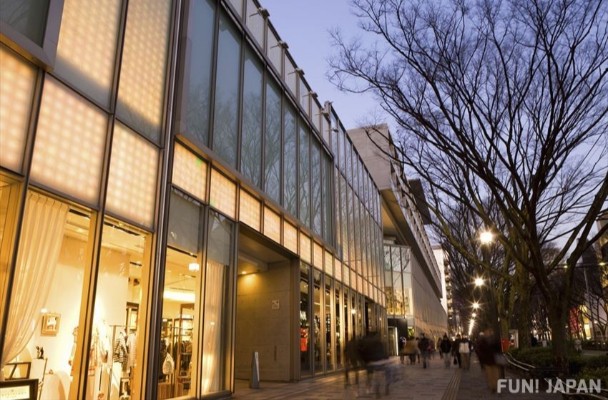
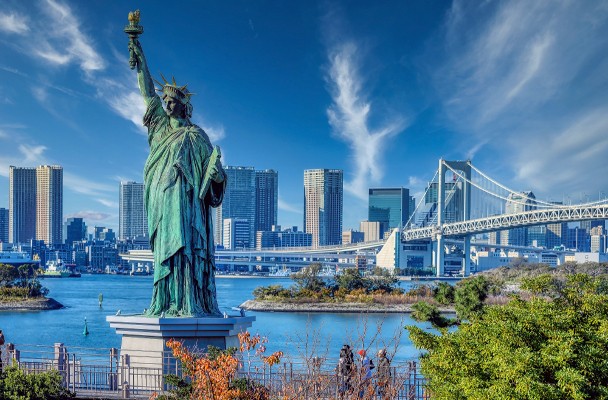
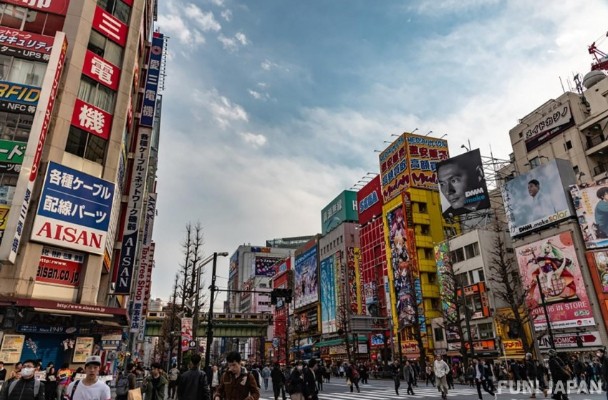
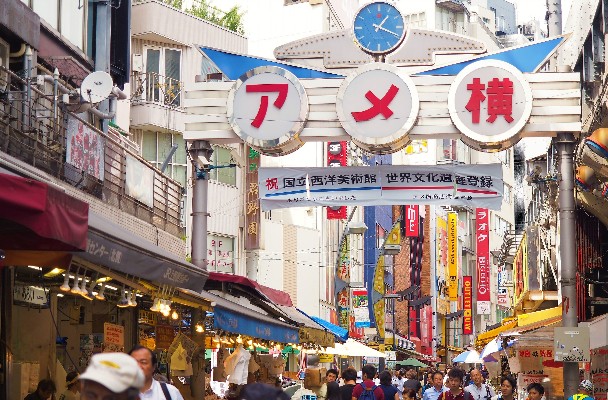
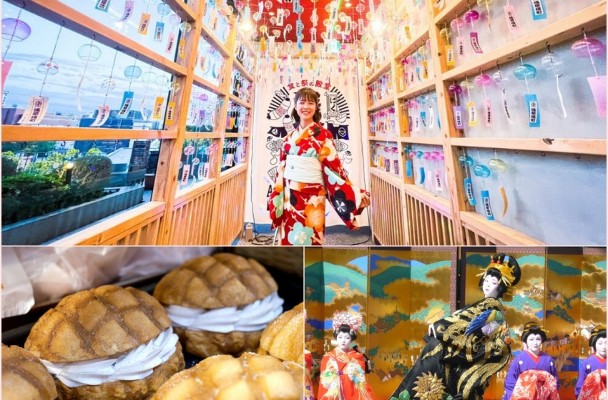
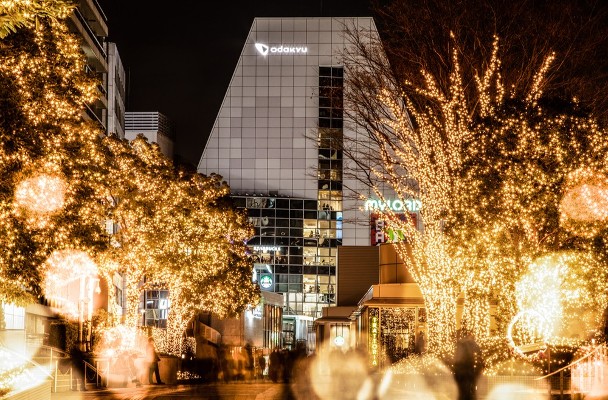
Comments